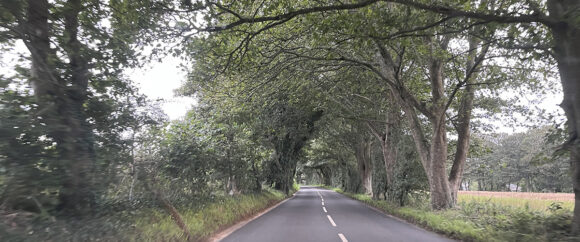
I’ve been a fan of space travel for as long as I can remember. Some of that must come from being born a month before men first walked on the moon. Some from being a child when Star Wars came out and when the first Space Shuttle launched.
I’ve been excited in recent years with the efforts of SpaceX and Blue Origin, each showing glimpses of man returning to “outer space”, beyond the confines of low Earth orbit. But at the same time it seems I’ll not live long enough to ever get to step into space myself and even with reusing rockets, the costs and risks will likely prevent the masses from taking part in space travel for the next many decades.
Or… maybe there is another way into space. A path that is fully reusable. A path that doesn’t put an atom bomb’s worth of high explosives on top of a burning flame.
One man, John M. Powell, thinks he has that answer, and not only wrote a book to describe the idea, but has been incrementally launching and testing pieces of his idea for decades. It’s a three-part system all with one element in common: airships. He calls the systtem “Airship to Orbit” or AOS.
The idea on paper is simple. Float a waystation at 140,000 feet above the ground. There isn’t much air that high, but there is enough to keep a building floating if most of the building is full of balloons full of hydrogen. JP’s design calls for a building with a central core surrounded by five giant arms, each arm two miles long, each filled with hundreds of balloons.
There are some engineering challenges to build anything that large, but we’ve built suspension bridges of that scale and ships a major fraction of that scale. No new materials are needed to build at that scale. The only real problem is how to make that big light enough to stay afloat, how to make it maintainable by a manned crew, and how to do that at 140,000 feet in the middle of the atmosphere.
Part two of the plan is then to build an airship to bring crew and cargo from the ground up to 140,000 feet. JP’s design calls for a very large airship to do this, bigger than the Hindenberg. Filled with helium so that it doesn’t catch fire like the zeppelins. The design is a giant V-shaped craft with two arms each almost a mile long. The size because of the 140,000 foot destination and to carry up tens of tons of cargo. Again, nothing novel, just an engineering challenge.
Part three is where the hand waving and hope shows up. It’s another V-shaped airship, this one built at 140,000, even larger than the other, as it “takes off” from the floating station and uses a mix of lift from its hydrogen-filled arms, lift from the thin atmosphere, and propulsion from electric-ion rocket engines to slowly build up orbital speed. Nothing like this has been built before. Neither NASA nor any aerospace company has ever flown in this part of the atmosphere before.
As JP repeats often in his book, incremental testing will solve the problems. The key is that unlike a rocket, where failure means explosions, failure with airships means aborting the sortie and slowly returning to the station. At worst it means deploying the emergency parachutes and returning to the ground. Remember, even with the giant fire (and hydrogen doesn’t burn at 140,000 feet or higher) most of the Hindenburg guests and crew survived.
Given JP has been at this effort since the 1980’s I’m surprised some billionaire hasn’t backed his efforts. Maybe they get scared at the thought of 1+ mile long buildings inflated filled with balloons.
I’m unfortunately not a billionaire, but I am intrigued. Not only because this could be a path for anyone to ride up into space, but also because JPs estimate that if this works, the cost of bringing a kilogram of anything up to orbit would be under $1.00, whereas at SpaceX today that kilogram in orbit will cost you at least $5,000 (down from $20,000/kg on the Space Shuttle).














